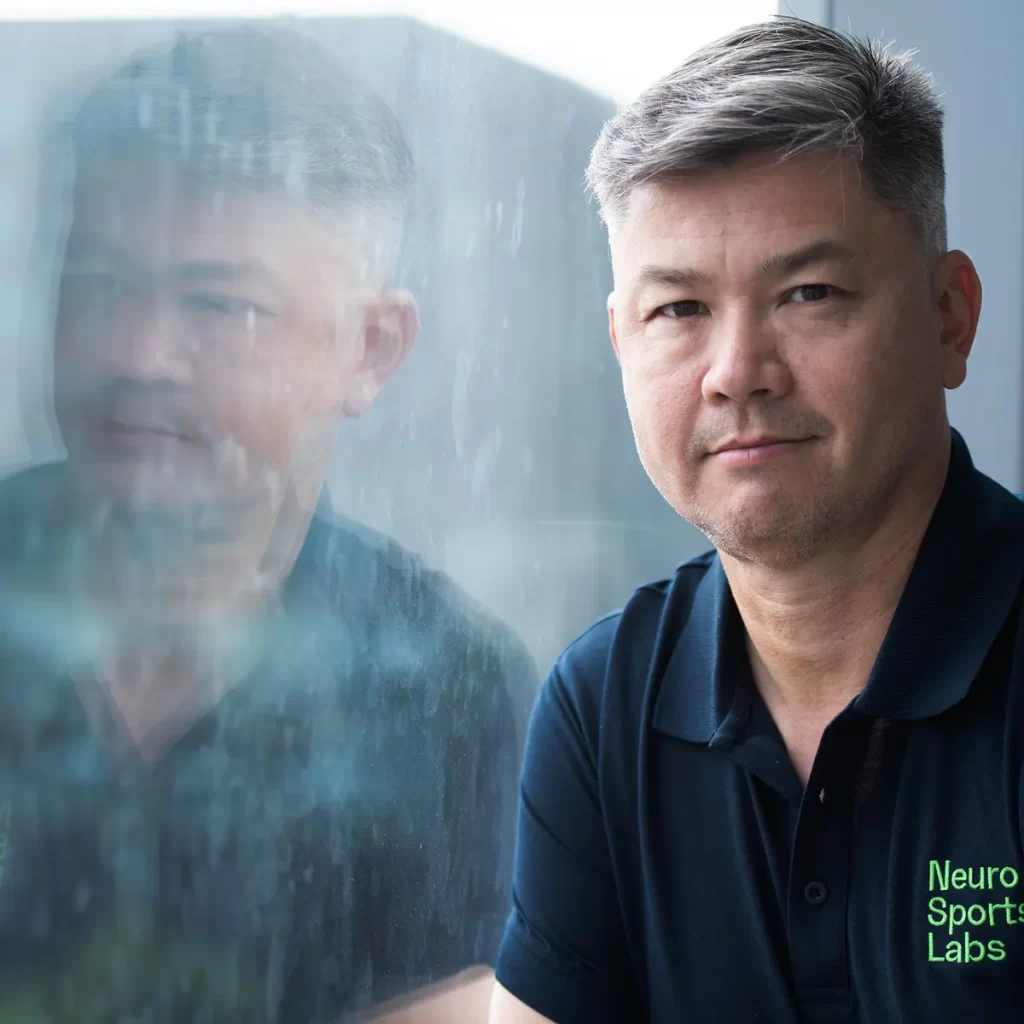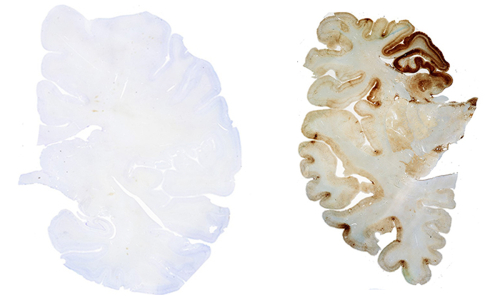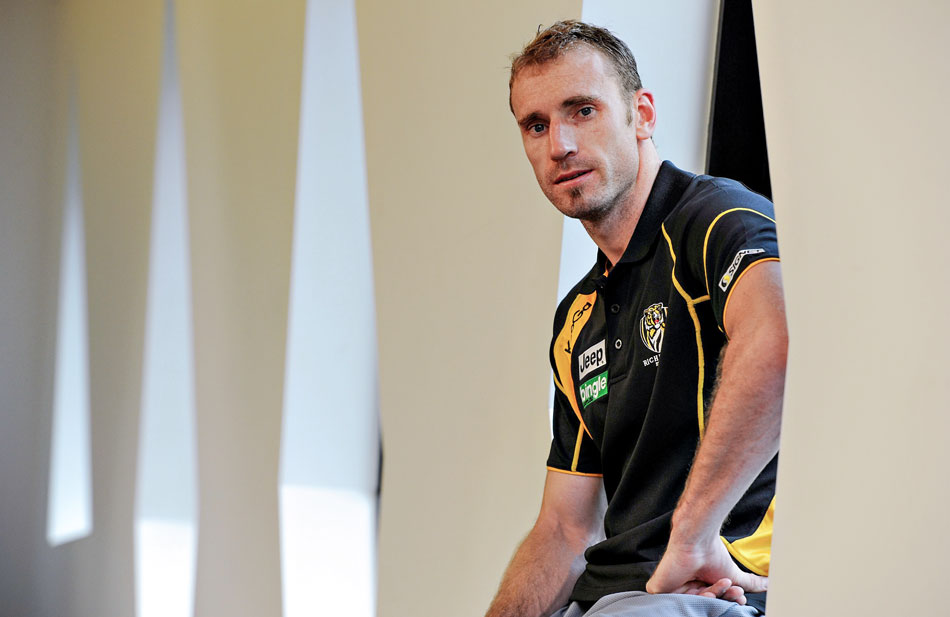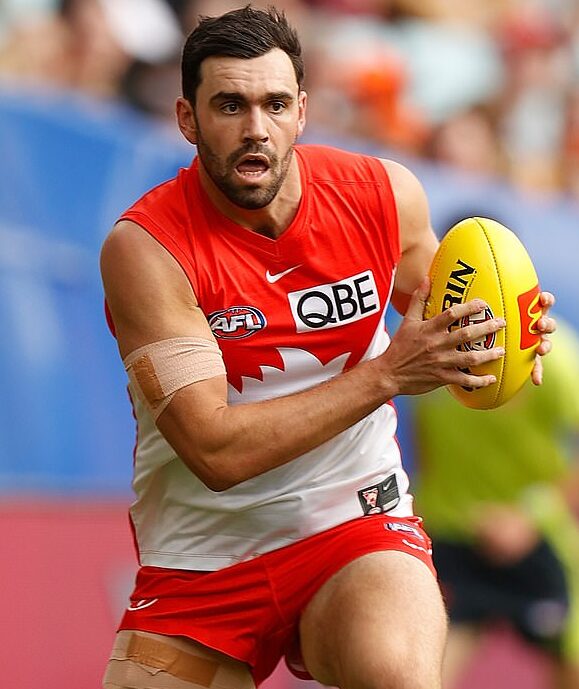When Chronic Traumatic Encephalopathy (CTE) is referred to, most associate the brain condition with American football players. What most might not know, is the condition has affected former AFL players and has the potential to affect current players later in life. So, what is CTE? It is a progressive brain disease, meaning it gets worse over time, and the disease is linked with repeated head knocks and trauma. The AFL involves such high levels of contact, and head knocks are extremely common so it’s no surprise that CTE is now being associated with the AFL. Most of the symptoms of CTE develop years after repeated head knocks so a current player wouldn’t have a clue if they are affected by this condition. At this stage there are no treatments for this brain disease.
CTE is difficult to diagnose because the condition doesn’t show up in brain scans, which means the only way it can be properly diagnosed is with an autopsy after someone has passed away. In an interview with associate professor and clinical neuroscientist Alan Pearce, he told me CTE is still unable to be diagnosed before someone passes away and we are a while away from being able to do that.

Scientists look for a dark brown build-up of a protein known as Tau when diagnosing CTE. Pearce explained to me how Tau affects the brain.

Pearce says that CTE is not necessarily related to concussion, but rather repeated head trauma over time, so concussions are still not good for the brain but are not the direct cause of CTE. CTE can also be diagnosed in athletes that have never suffered a concussion but have had many head knocks and brain trauma over time.
In February of 2020, CTE was first officially diagnosed in a former AFL player, Graham “Polly” Farmer, who died in late 2019. It was then found in the brain of St Kilda Legend Danny Frawley who was known to have struggled with his mental health. The most recent case was of Shane Tuck, former Richmond player and son to the legendary Michael Tuck. Shane passed away at age 38 after suffering with serious mental health issues and his case of CTE was seen as severe. Given in these circumstances, both players had mental health struggles as well as CTE, I wanted to know if there was a correlation between the two, could CTE effect mental health?


So far there have only been three official cases of CTE in AFL players but there are bound to be more. Retired Western Bulldog and premiership hero, Liam Picken, had to give up his AFL career due to concussion as he experienced constant headaches and a variety of other issues. Picken has stated in an interview with the Herald Sun, he “would love to donate [his] brain” to offer valuable information regarding CTE. In the AFL it’s very common for players to retire prematurely due to concussion like Picken, and it’s very possible that the number of head knocks they’ve endured could lead to the development of CTE. What would happen if it was medically advised that a football player should retire due to concussion and instead, they played on? Pearce goes into detail about situations where this happened.

Patrick McCartin’s Instagram post after being delisted by St Kilda.

The AFL has introduced a rule in which a player must have a 12-day break from playing, after failing a concussion test, but Pearce believes players should have a longer break.
The AFL is on the way to an alarming concussion spike this season. In fact, 29 players have already been sidelined under the AFL’s new 12-day protocol.
— Herald Sun Sport (@heraldsunsport) April 27, 2021
Read more: https://t.co/BkxXaADtDD pic.twitter.com/NHhNN9D0EM
For those wanting some brief history on CTE, it was first thought to be diagnosed in 1928 in boxers where they were described as having “punch drunk syndrome”. It became prominent in 2005 when CTE was found in the brain of former American Footballer Mike Webster of the Pittsburgh Steelers. It caught even more attention in 2015 with the release of the movie “Concussion” starring Will Smith, which was based on the CTE discovery in Mike Webster’s brain.

In the coming years I anticipate there will be more cases of CTE in AFL players and Pearce hopes technology will improve in order to tackle this brain disease.
It looks as if it will be a bit of a waiting game to see if CTE research gets more funding and if wee see more discoveries of CTE in AFL players.
Crisis support can be found at Lifeline: (13 11 14 and lifeline.org.au), the Suicide Call Back Service (1300 659 467 and suicidecallbackservice.org.au) and beyondblue (1300 22 4636 and beyondblue.org.au)
